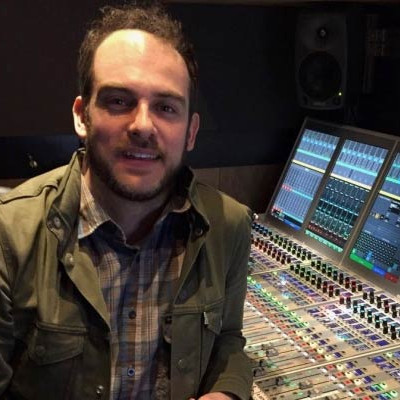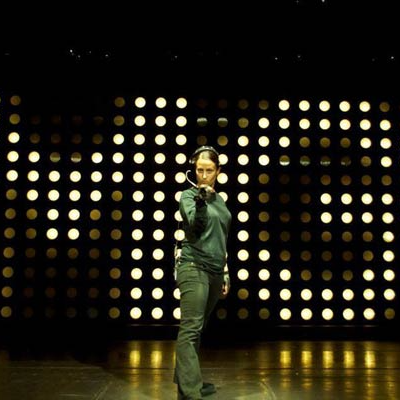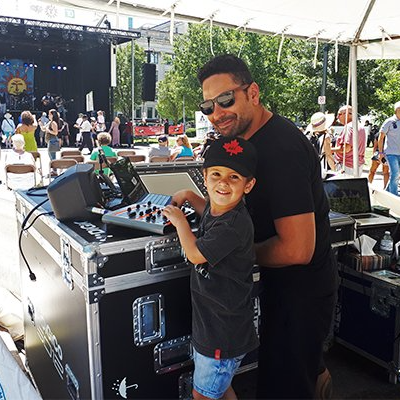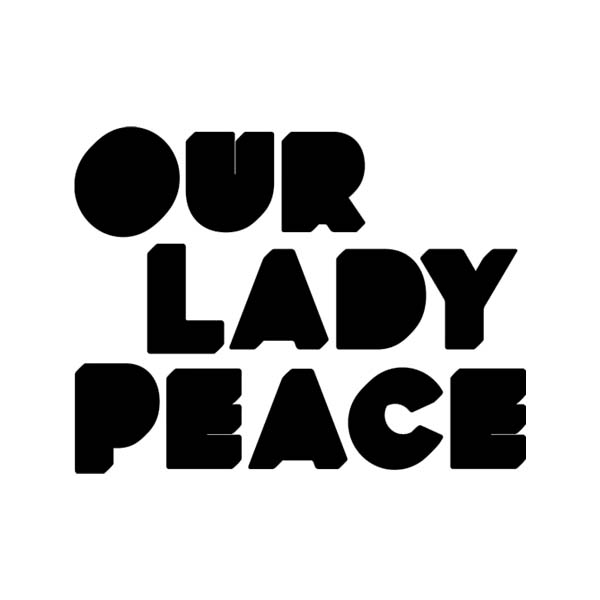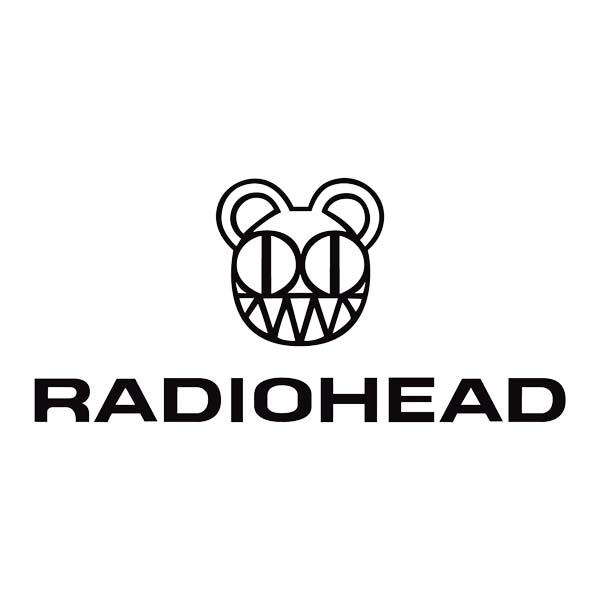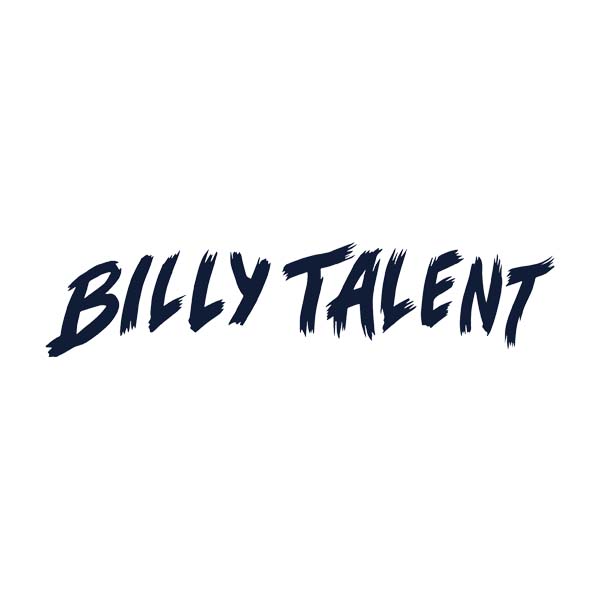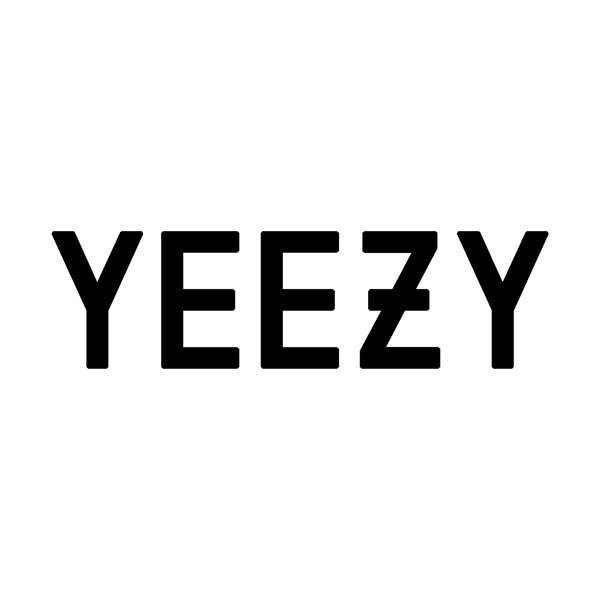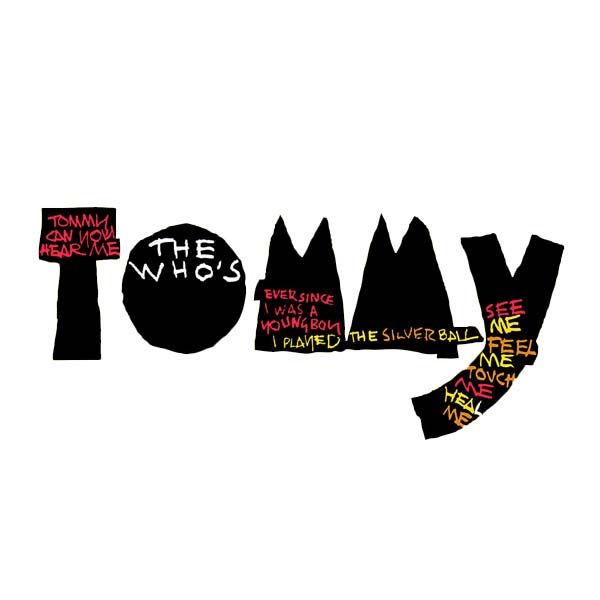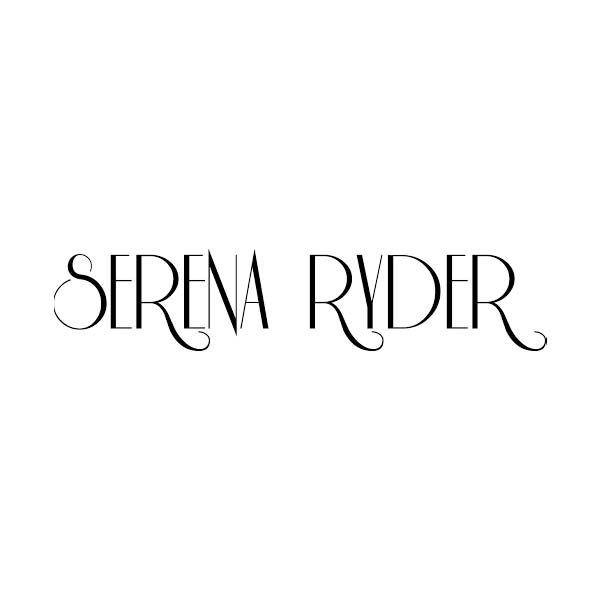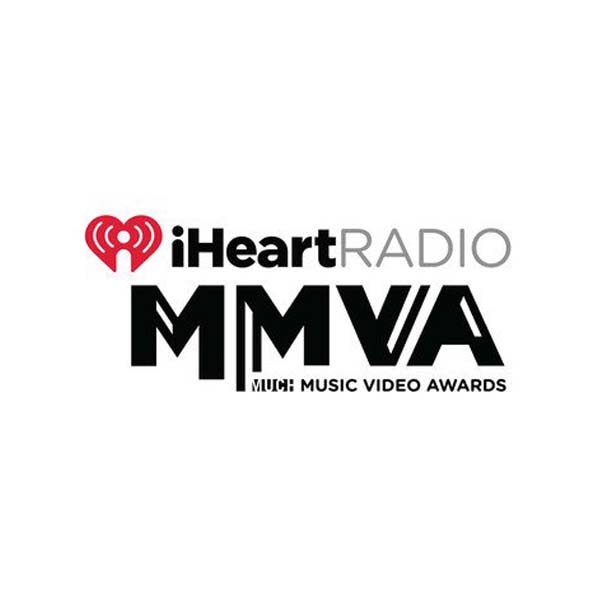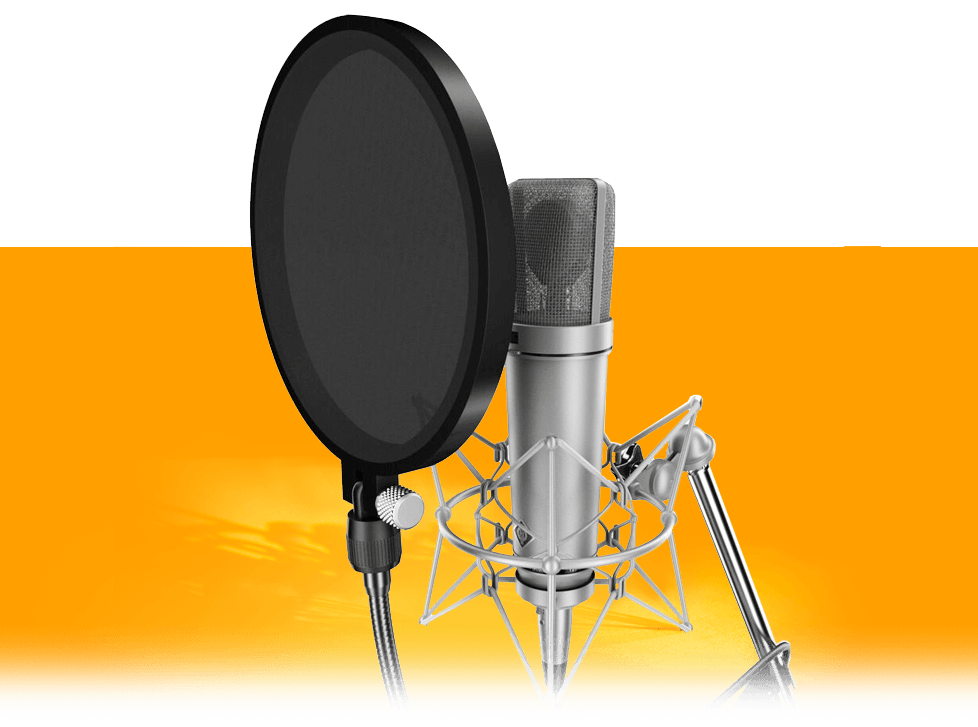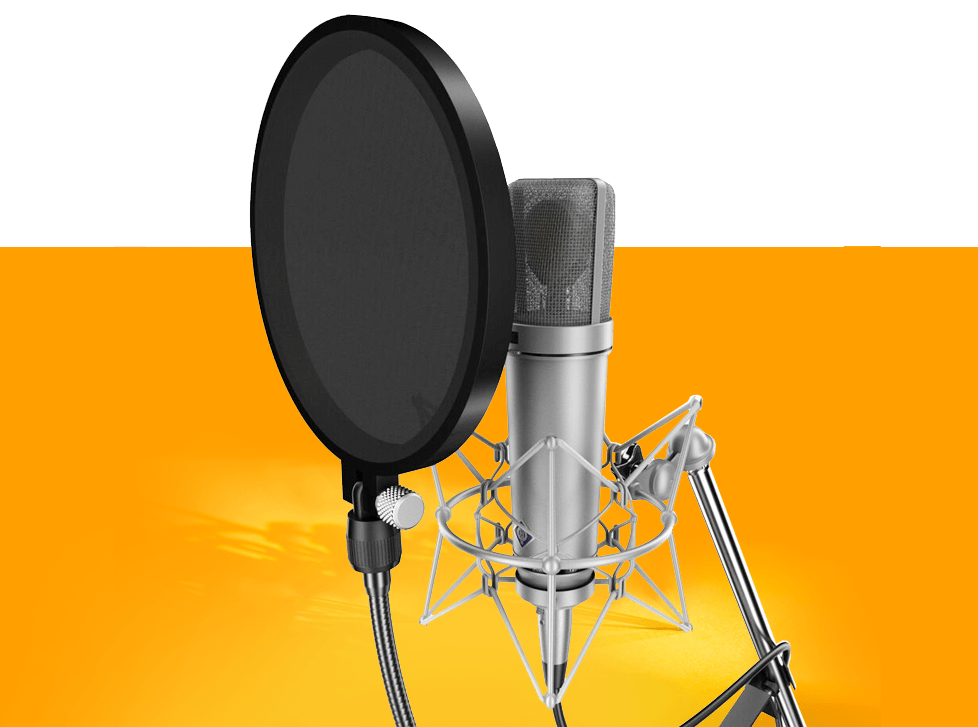Live Sound & Event Production School
Opportunities In Live Sound & Event Production
When you go see a show or a concert, your eyes aren't on the performers on stage, they are watching the engineers at the mixing console and the other professionals behind the scenes. Live sound and event production is one of the many creative opportunities many of our alumni take after graduating from the OIART program.
Top OIART Employers
Here is a list of some of the top entertainment, event and venue businesses in Canada that look to OIART year after year to hire the best in live sound and event production. Follow your passion and you could be next!
Possible Careers in Live Sound & Event Production
FAQs About Live Sounds & Event Production
Ready to Start?
OIART's Audio Program Includes:
✓ Small Class Sizes
✓ On Site Facilities
✓ Industry Leading Instructors
✓ Post Grad Support & Guidance
✓ Exclusive 11 Month Program
Top Reasons Why You Should Choose OIART.
Have Questions?
If you have questions about our audio engineering and music production program or would like to book a tour, we would be pleased to speak with you.
Text Us: 519.200.4151
Share This With a Fellow Music Lover
Apply in 4 Steps!
Step 1: Click apply now.
Step 2: Answer 8 questions about yourself.
Step 3: Upload supporting documents.
Step 4: That's it! You are done.
Grad Career Spotlights
From world tours, to theatres and concert halls, to cruise ships and hotels, the world of live sound is a fast paced, technologically advanced and rewarding career path full of OIART Grads.
John Hunter ('99)
After graduating from OIART in 1999, John started his career as an audio-visual technician in Toronto’s SkyDome Hotel. He went on to freelance at various venues such as the Royal York Hotel, the King Edward Hotel and the Metro Toronto Convention Centre.
Marian Greksa ('05)
Marian has consistently found a niche for herself in the audio industry since graduation. She has worked as an assistant engineer at The Farm Recording Studios and Hipposonic/Mushroom in Vancouver.
Humberto Lourenco ('12)
Humberto came to our music and audio production course with extensive touring experience as a drum tech. With his new audio production skills gained at OIART, Humberto quickly found work as a live sound Mix engineer and System Technician at The PA Shop in London.
